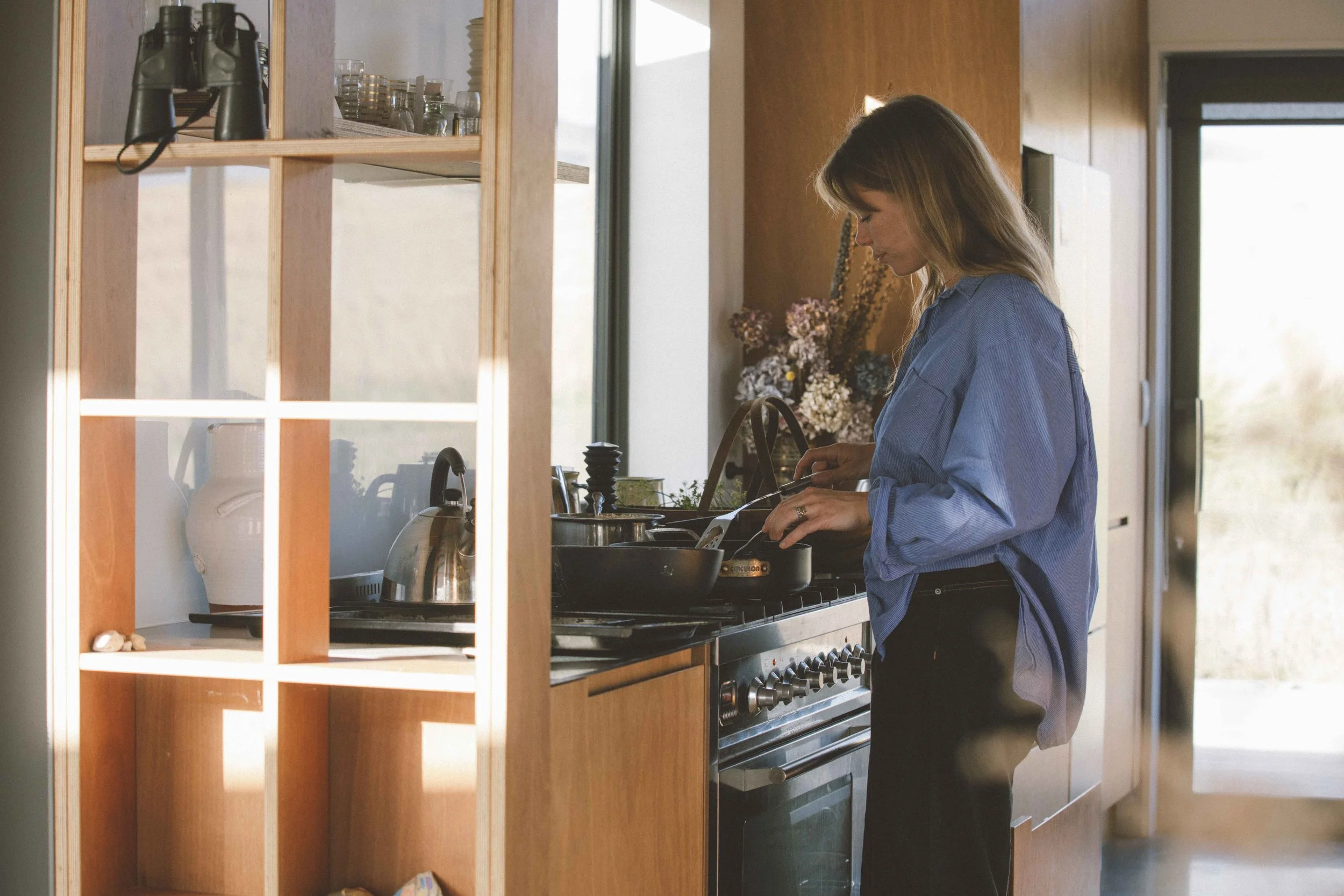✨ How to Eat for All-Day Energy and Balanced Blood Sugar Levels
Feel steady, focused, and energised from sunrise to sunset — without the sugar crash.
If you often find yourself feeling flat by mid-morning, battling sugar cravings at 3pm, or crashing hard in the evening, you’re not alone. One of the most overlooked reasons for low energy and mood swings is blood sugar imbalance.
The good news? You can feel more energised, focused, and in control by making very simple changes to the way you eat.
WHAT CAUSES A BLOOD SUGAR ROLLERCOASTER - BOTH HIGHS AND LOWS
When you eat foods higher in refined carbohydrates (white bread, cereals, pastries, baked goods etc) OR don’t balance out even good carbohydrates with healthy proteins and fats your blood sugar levels rise rapidly. In response, your body produces the hormone insulin to reduce your blood sugar levels but often this goes too far resulting in your blood sugars dropping too low. This leads to energy crashes, irritability, brain fog, and cravings for more sugar or caffeine.
This constant rollercoaster can make it hard to stay energised and focused — and over time, it may impact metabolism, hormone health, and weight regulation too.
THERE ARE TWO KEY CONSIDERATIONS YOU NEED TO THINK ABOUT:
WHAT TO EAT
WHEN TO EAT
You don’t need a complicated diet or strict rules to stabilize your blood sugar levels and feel great throughout the day. The following principles will set you up well.
WHAT TO EAT?
Protein
I always harp on about this! But it truly does make the biggest difference and even people who think they are conscious of this will notice an improvement when they really evaluate how much they are eating. Read more specifics on this here.
Protein is the easiest way to blunt a blood sugar spike
Always have a protein source at every meal or snack
2. Fibre
Fibre will help slow down how quickly glucose is absorbed and therefore give you more stable blood sugars and energy
At your main meals aim to include about half a plate of food containing fibre
Sources: Anything from a plant will have a decent amount of fibre! E.g. greens, broccoli, root vegetables, quinoa, lentils, black beans etc.
3. Fats
Fats can slow digestion down and therefore also slow the release of glucose into the blood system
Choose 1-2 healthy fats per meal e.g. olive oil, butter, coconut oil, avocado, feta, olives, coconut products.
4. Carbohydrates
Yes, you can still eat carbohydrates and have balanced blood sugar levels!
Choose whole food forms of carbohydrates: root vegetables, legumes, fruit, whole grains
These should make up about 1/4 of your plate
WHEN TO EAT?
This is a crucial piece to the puzzle! Both eating too frequently or not frequently enough can affect your blood sugar levels. Have a think about the following suggestions which will apply to most people:
Eat within 1 hour of waking up. Starting your day with the right fuel will set you up well for the day. Using the above guidelines will achieve this well - NOT a cereal breakfast which will set you up for a blood sugar rollercoaster day.
Eat every ~ 4 hours from there. Much longer than this and the drop in blood sugar levels will cause a rise in cortisol (and lower energy) stimulating you to grab something quick and easy and making you have niggly cravings and poorer energy.
SO WHAT COULD A DAY LOOK LIKE?
Breakfast: 7-8am: 3 eggs fried on sourdough with mushrooms, sauerkraut and greens.
Lunch: 12pm: Large tin of tuna with a salad: lentils, greens, broccoli, feta, red onion and aioli. (make a large one to last the week)
Afternoon snack: 3-4pm: Green yoghurt with blueberries and ground flaxseeds (just for a little extra fibre)
Dinner: 7pm: Roast chook with roast root vegetables (put it all in the same oven tray for ease) and a cabbage/carrot/radish/herby slaw.
Give it a go and let me know how you feel!

